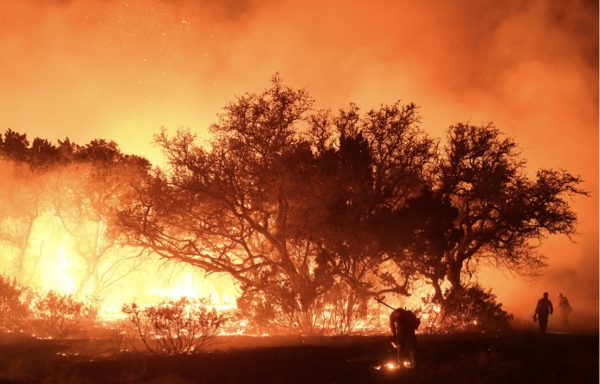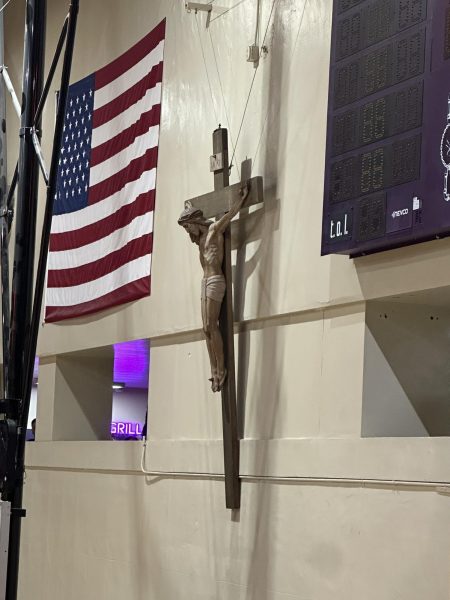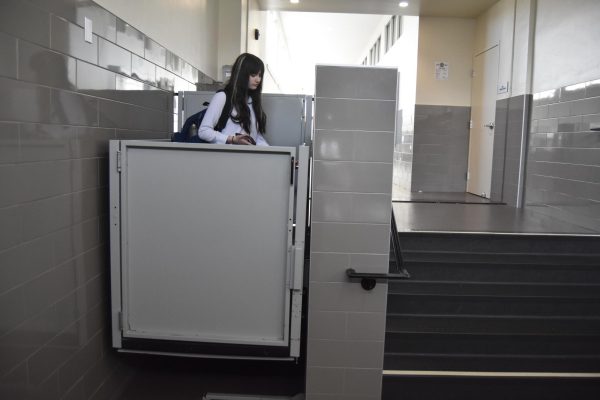U.S. retaliates against Syria for chemical attacks
May 7, 2018
On April 11, President Donald Trump tweeted that missiles “will be fired” at Syria. Two days later, missiles were fired in a joint- strike, hitting Syria in several locations, including Damascus. The attack led people to wonder: what exactly is the goal of this mission?
The air strike on April 13 was initiated in response to chemical attacks in Douma that killed dozens the week before. The U.S., France, and the U.K. launched this joint strike, bombing three scientific research facilities.
The first facility hit was a scientific research laboratory near Damascus, which was allegedly connected to constructing chemical and biological weapons. The second and third locations were near Homs, a chemical weapons storage facility and a command post.
Contrary to their alliance with Syria, Russia chose not to fire at the U.S. missile warplanes. This suggests that Russia does not want risk the situation turning into a shoot-out-war with the U.S. and its allies. This is the second time Trump has authorized a missile drop on Syria. The first time was in April 2017, when the U.S. fired cruise missiles at the Middle Eastern country.
Videos have surfaced from social media about the status of Syrians both after the attack by Syrian President Assad and after the U.S.’s joint strike. The videos show hospitalized and pale victims being given inhalers and breathalyzer masks to stabilize their breathing.
Syrians in local neighborhoods were forced to evacuate their homes because the strike damaged nearby buildings. The United States can help Syria. Religion teacher Deacon Joe LeBlanc said, “World leaders should provide aid to the suffering as opposed to using violence. We should fight fire with water, not fire.”
These attacks were a surprise to the world, revealing to many the extreme tensions within Syria, and now the world.












